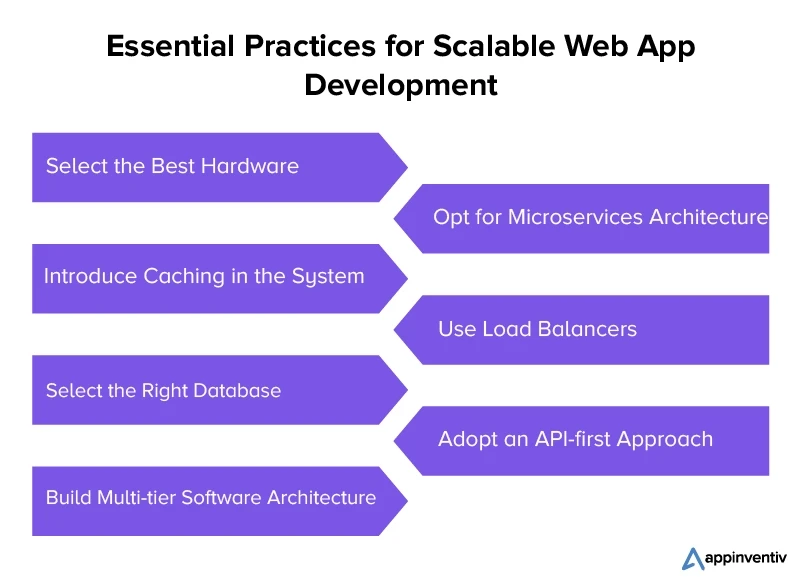In today’s fast-paced digital world, building scalable applications is more important than ever. Scalability refers to the ability of an application to handle increased workloads without sacrificing performance or reliability. Whether you are a seasoned developer or just starting out, following best practices is essential to ensure your applications can grow with your user base.
1. Plan for Scalability from the Start
One of the biggest mistakes developers make is not considering scalability early on in the development process. When designing your application architecture, think about how it will grow over time and plan accordingly. This includes choosing the right technologies, frameworks, and infrastructure that can easily scale with your application’s needs.
2. Use Microservices Architecture
Microservices architecture is a popular approach for building scalable applications. Instead of monolithic applications, microservices break down the application into smaller, independent services that can be deployed and scaled independently. This allows for better fault isolation, scalability, and flexibility in managing different components of your application.
3. Embrace Cloud Computing
Cloud computing has revolutionized the way applications are built and deployed. By leveraging cloud services such as AWS, Azure, or Google Cloud, you can easily scale your application based on demand without having to worry about managing physical servers. Cloud services also offer auto-scaling capabilities that can automatically adjust resources based on traffic patterns.
4. Monitor and Optimize Performance
Monitoring the performance of your application is crucial for identifying bottlenecks and potential scalability issues. Use tools like New Relic, Datadog, or Prometheus to track metrics such as response times, error rates, and CPU usage. By constantly monitoring and optimizing your application’s performance, you can ensure it can handle increased workloads without performance degradation.
5. Implement Caching and Load Balancing
Caching and load balancing are essential techniques for improving the scalability and performance of your application. Implementing caching mechanisms like Redis or Memcached can reduce the load on your database and speed up response times. Load balancing distributes incoming traffic across multiple servers to ensure no single server is overwhelmed, leading to better scalability and reliability.
6. Automate Testing and Deployment
Automating testing and deployment processes can help streamline the development workflow and ensure your application is consistently scalable. Use tools like Jenkins, CircleCI, or GitLab CI/CD to automate testing, code reviews, and deployment. By automating these processes, you can quickly identify scalability issues and deploy updates with confidence.
7. Plan for Failure
In a distributed and scalable architecture, failures are inevitable. By planning for failure upfront, you can design resilient systems that can gracefully handle unexpected issues. Implement strategies such as circuit breakers, retries, and fallback mechanisms to ensure your application can recover from failures and maintain high availability.
8. Stay Agile and Iterative
Building scalable applications is an ongoing process that requires continuous improvement and iteration. Stay agile in your development approach by soliciting user feedback, prioritizing features based on impact, and iterating on your architecture based on performance metrics. By staying nimble and adaptive, you can build applications that can scale with your business needs.
Conclusion
Building scalable applications is a challenging but rewarding endeavor. By following best practices such as planning for scalability from the start, using microservices architecture, embracing cloud computing, monitoring performance, implementing caching and load balancing, automating testing and deployment, planning for failure, and staying agile and iterative, you can ensure your applications are scalable, reliable, and performant. Remember, scalability is not a one-time effort but a continuous journey that requires dedication, creativity, and a commitment to excellence.


